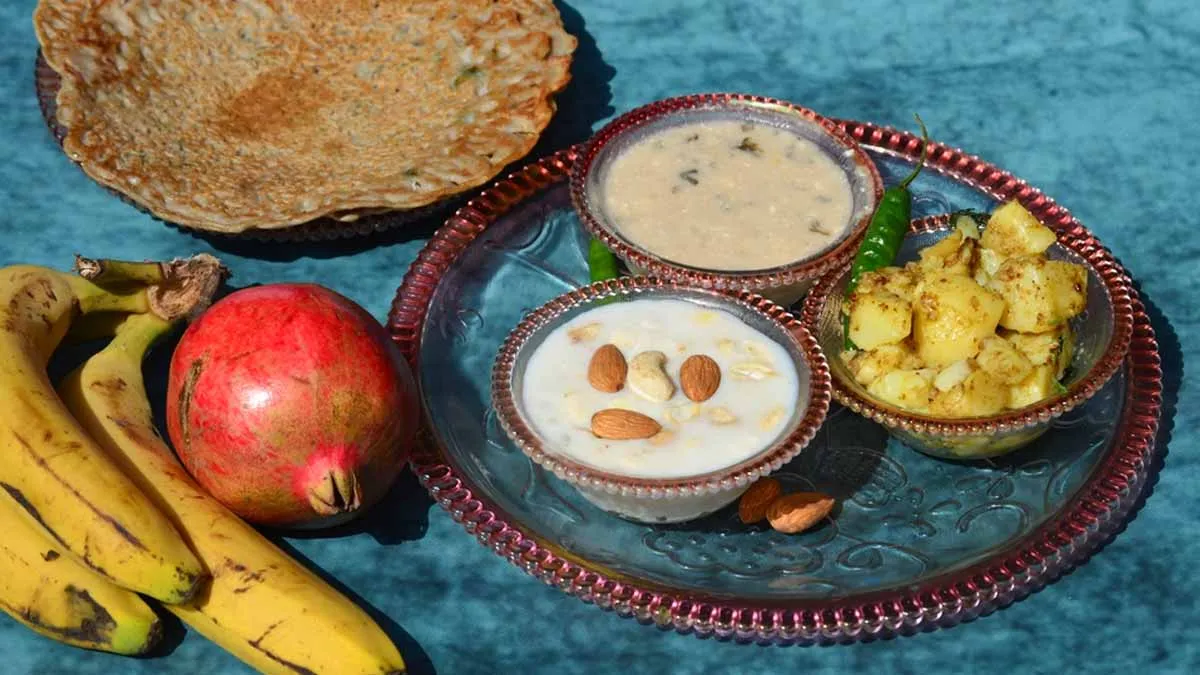
Mahashivratri is one of the most significant festivals in India, celebrated as the divine union of Lord Shiva and Goddess Parvati. On this auspicious day, many Hindus observe a fast, with sabudana (sago or tapioca pearls) being a popular choice. However, while sabudana is a common fasting staple, it is primarily high in carbohydrates and lacks significant nutritional benefits. For those looking to maintain energy while opting for healthier alternatives, there are several nutritious options to consider.
Table of Content:-
But before going ahead, let’s understand why too many carbohydrates are not very friendly to our body.
A systematic review and meta-analysis published in the PubMed Central found that low-carbohydrate diets can lead to greater weight loss and improved glycaemic control in individuals with type 2 diabetes compared to low-fat diets.
Research highlighted in Jama Network indicates that low-carbohydrate diets may reduce triglyceride levels and increase HDL (good) cholesterol, potentially lowering the risk of heart disease.
Hence, this Mahashivratri, skip consuming sabudana for healthier food options for fasting. Here are five options other than sabudana to consider:
1. Amaranth (Rajgira)
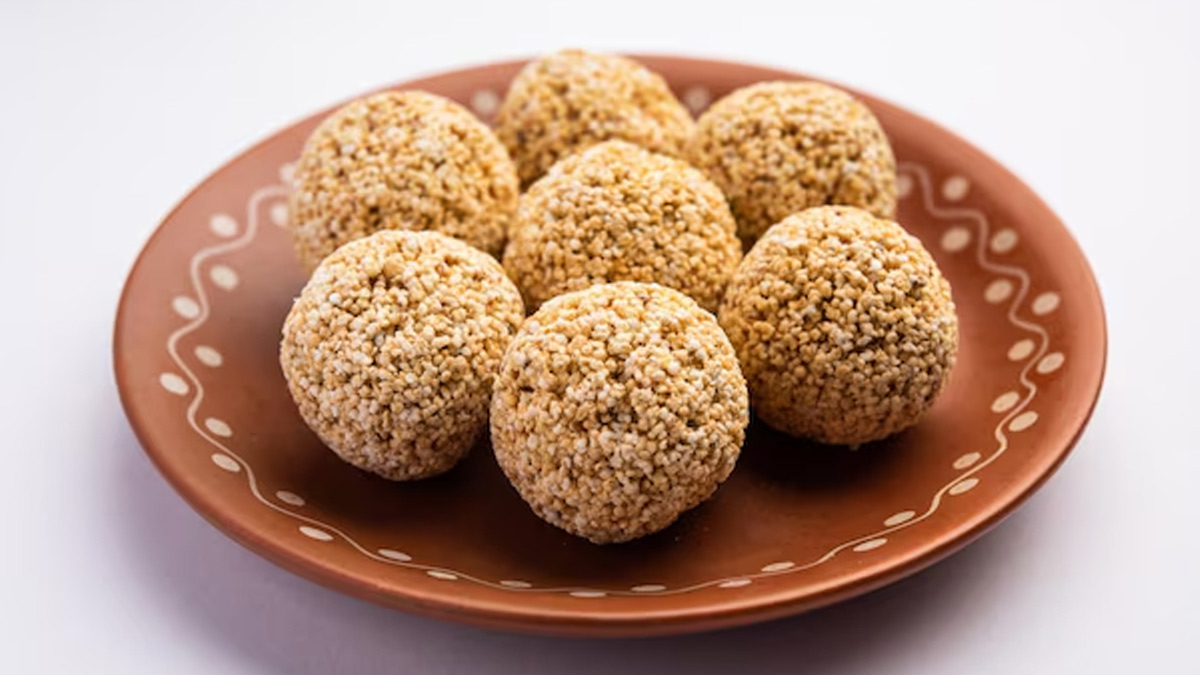
Amaranth, known locally as 'rajgira,' is a nutrient-dense grain rich in protein, fibre, and essential micronutrients. It's gluten-free and provides sustained energy, making it an excellent choice for fasting. Amaranth can be prepared as porridge, used in baking, or cooked similarly to rice. Its high protein content aids in muscle maintenance, while the fibre supports digestive health. Additionally, amaranth is a good source of magnesium, which plays a role in over 300 enzymatic reactions in the body, including energy production.
Also read: Do’s and Don’ts of Mahashivratri Fasting: Secrets to a Smooth and Healthy Fast
2. Buckwheat (Kuttu)
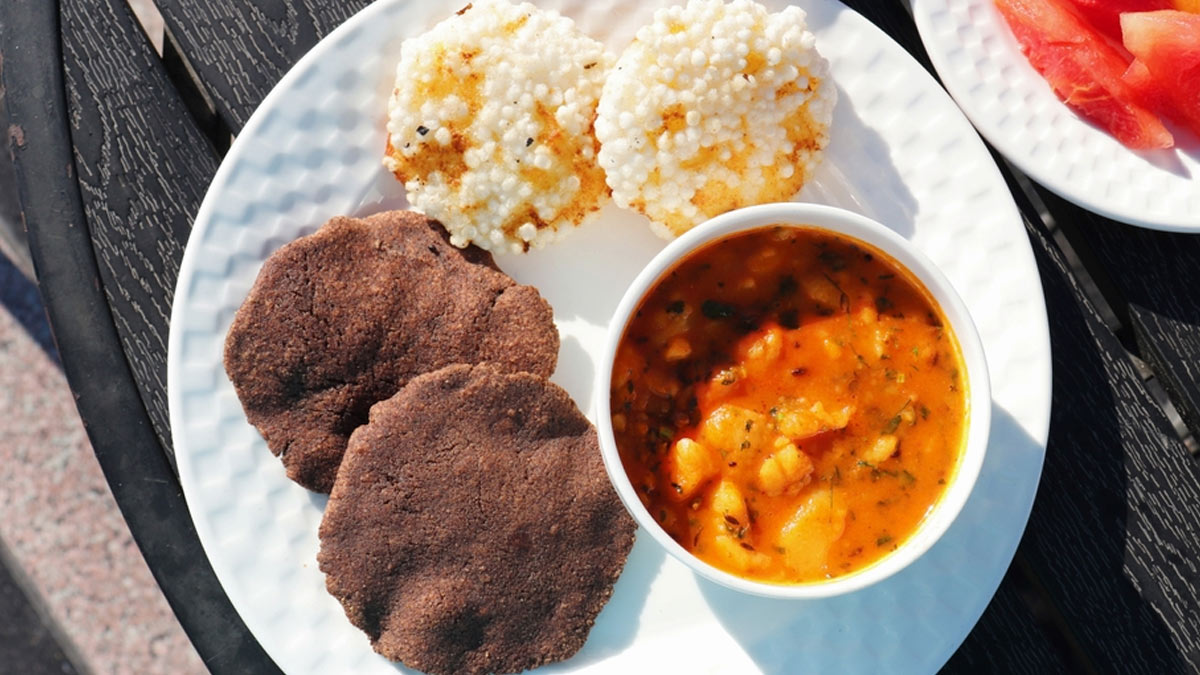
Despite its name, buckwheat is not related to wheat and is naturally gluten-free. It's a low-glycaemic food, meaning it has a minimal impact on blood sugar levels. Buckwheat is rich in antioxidants, particularly rutin, which has anti-inflammatory properties and supports cardiovascular health. During fasting periods, buckwheat flour can be used to make pancakes, puris, or even a hearty porridge. Its complex carbohydrates provide steady energy without causing rapid spikes in blood glucose.
3. Water Chestnut Flour (Singhara Atta)
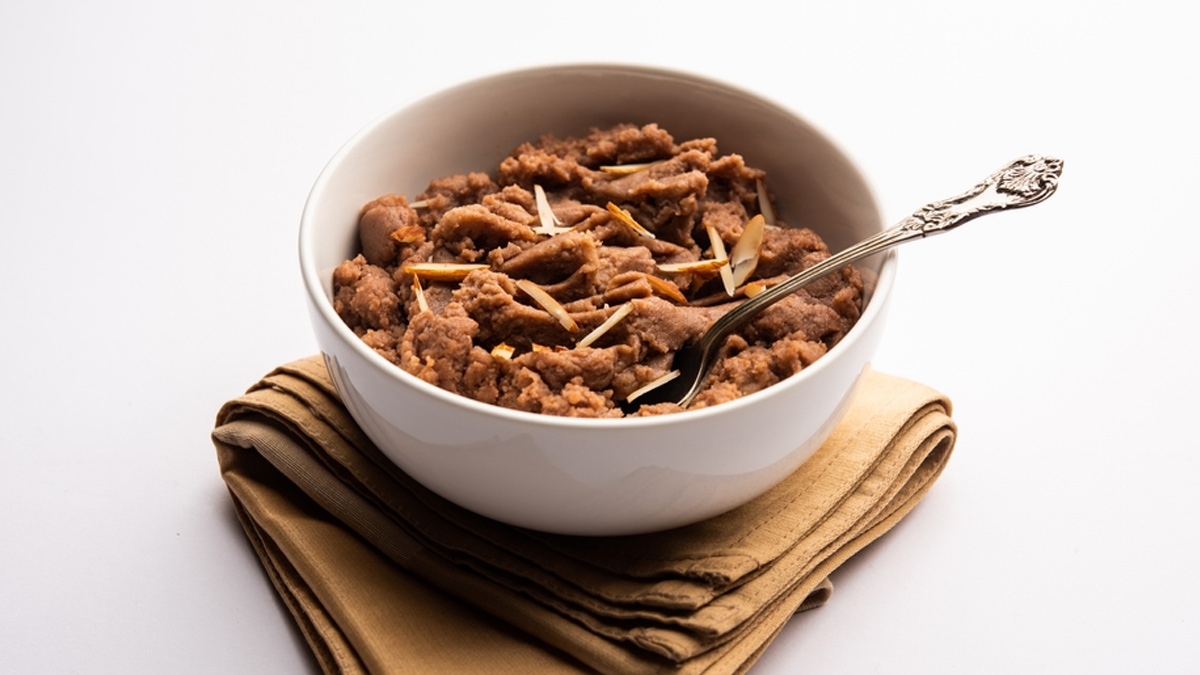
Derived from water chestnuts, singhara atta is another gluten-free flour suitable for fasting. It's low in calories and rich in potassium, which helps maintain electrolyte balance, a crucial aspect during fasting periods. The flour is versatile and can be used to prepare rotis, pancakes, or even halwa. Its high fibre content aids in digestion and provides a feeling of fullness, helping to curb unnecessary cravings.
4. Sweet Potatoes (Shakarkandi)

Sweet potatoes are a nutritious alternative to traditional fasting foods. They have a lower glycaemic index compared to regular potatoes, leading to a slower release of sugars into the bloodstream. Rich in beta-carotene, vitamin C, and potassium, sweet potatoes support immune function and heart health. They can be roasted, boiled, or made into chaat, a popular snack, offering a sweet yet healthy option during fasting.
Also read: Sweet Potatoes For Skin: 7 Ways To Get A Healthy Skin Glow
5. Quinoa
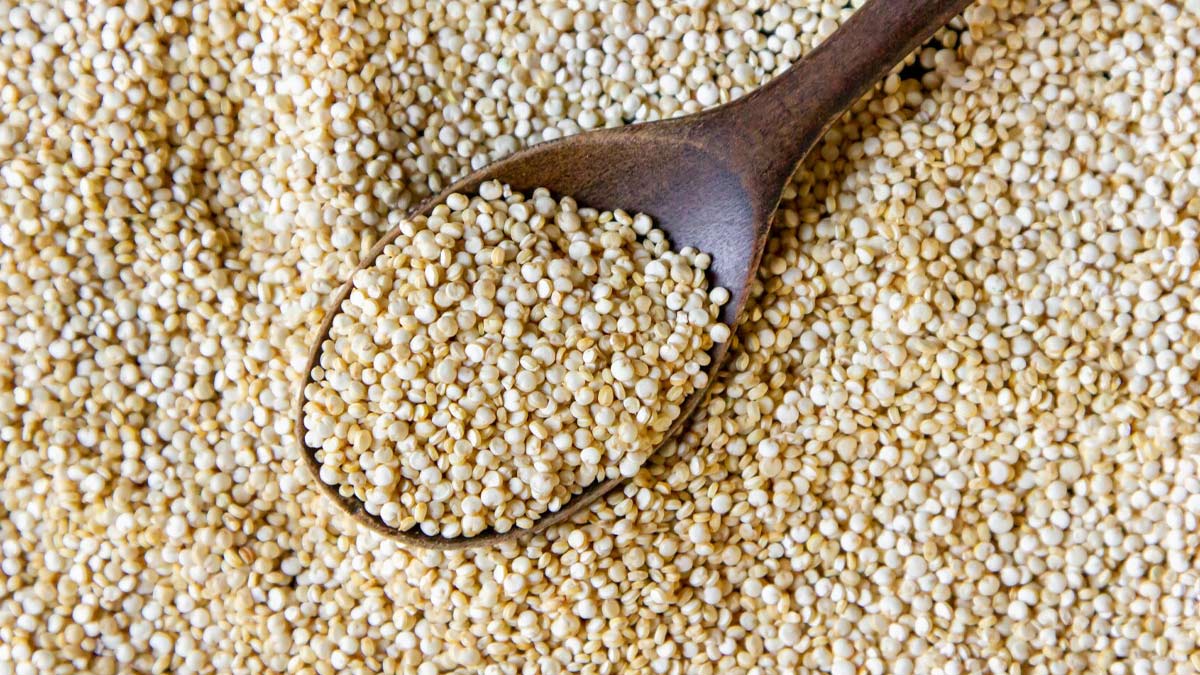
Quinoa is a complete protein source, containing all nine essential amino acids. It's also high in fibre, magnesium, and iron. Quinoa's low carbohydrate content and high nutritional profile make it an excellent substitute for sabudana. It can be used to prepare upma, khichdi, or salads suitable for fasting. Its versatility and quick cooking time add to its appeal as a fasting food.
Conclusion
Incorporating these low-carbohydrate alternatives during Mahashivratri fasting can provide balanced nutrition, sustained energy, and potential health benefits. As with any dietary changes, it's advisable to consult with a healthcare professional or nutritionist to ensure these choices align with individual health needs and dietary restrictions.
Also watch this video
How we keep this article up to date:
We work with experts and keep a close eye on the latest in health and wellness. Whenever there is a new research or helpful information, we update our articles with accurate and useful advice.
Current Version